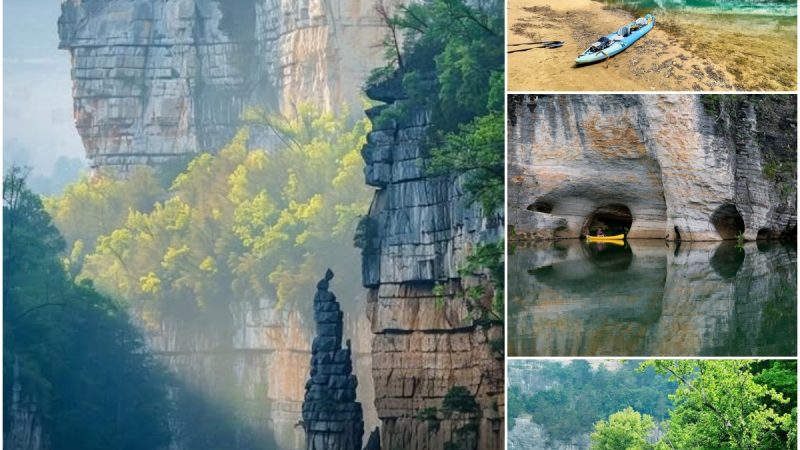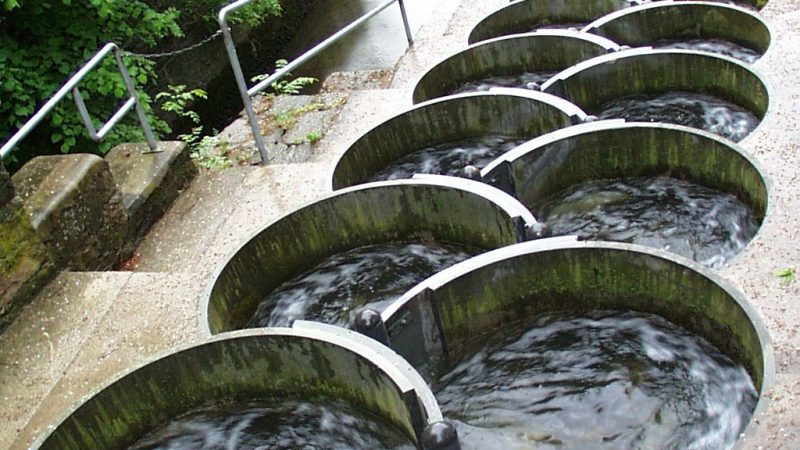Snowy Sanctuaries: Discovering the Resilient Trees of the Tundra

In the vast and frozen expanses of the tundra, where icy winds howl and snow blankets the landscape for much of the year, a silent but resilient community thrives. Amongst this harsh environment, where temperatures plummet and daylight dwindles, stands a testament to nature’s tenacity: the trees of the tundra.

These remarkable trees, often dwarfed by their counterparts in more temperate regions, have adapted over millennia to survive and even flourish in some of the harshest conditions on Earth. Their ability to withstand extreme cold, limited sunlight, and nutrient-poor soils makes them true champions of resilience.
One of the most iconic trees of the tundra is the Arctic willow (Salix arctica), a small shrub that hugs the ground and forms dense mats of vegetation. Despite its diminutive size, the Arctic willow plays a crucial role in the tundra ecosystem, providing shelter and food for a variety of animals, from grazing mammals to nesting birds.

Another hardy species found in the tundra is the dwarf birch (Betula nana), a low-growing shrub with twisted branches and small, toothed leaves. Like the Arctic willow, the dwarf birch has evolved to cope with the harsh conditions of the tundra, developing adaptations such as shallow root systems to access nutrients trapped in the permafrost.
In addition to these shrubby species, scattered stands of black spruce (Picea mariana) and white spruce (Picea glauca) can also be found in the tundra, providing important habitat for a variety of wildlife. These coniferous trees, though stunted in stature compared to their counterparts in more temperate regions, are well-suited to the cold, windy conditions of the tundra and play a vital role in stabilizing the fragile permafrost.

The resilience of tundra trees is not only a testament to their ability to survive in extreme conditions but also to their importance in maintaining the health and stability of the fragile Arctic ecosystem. As climate change continues to alter the Arctic landscape, understanding and protecting these snowy sanctuaries and the resilient trees that inhabit them becomes increasingly vital.

Exploring the tundra and discovering the resilient trees that call it home offers a glimpse into the remarkable adaptations and survival strategies of these hardy organisms. It is a reminder of the incredible diversity of life on our planet and the interconnectedness of all living things. As we marvel at the beauty and resilience of the trees of the tundra, may we also be inspired to protect and preserve these fragile ecosystems for generations to come.



